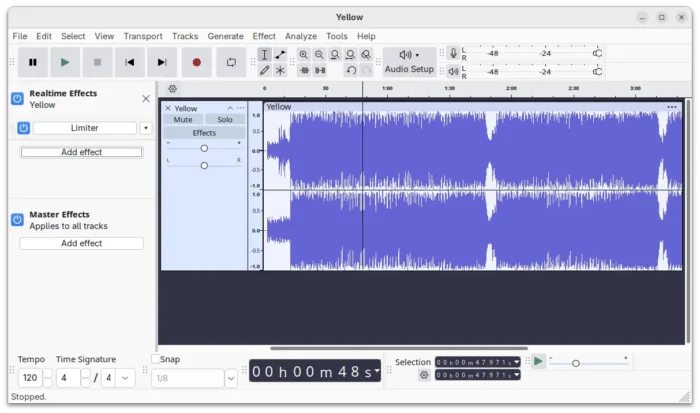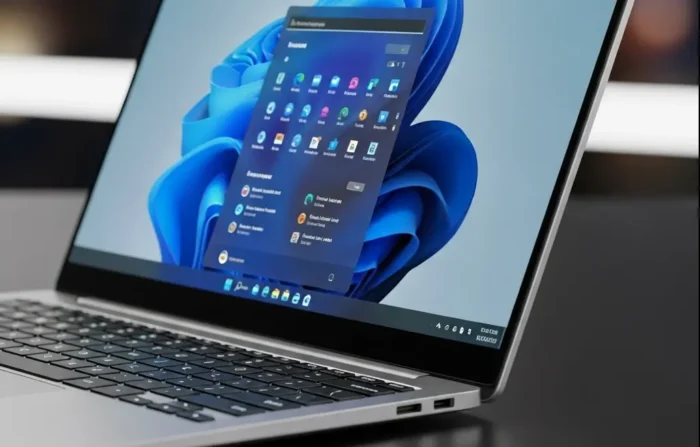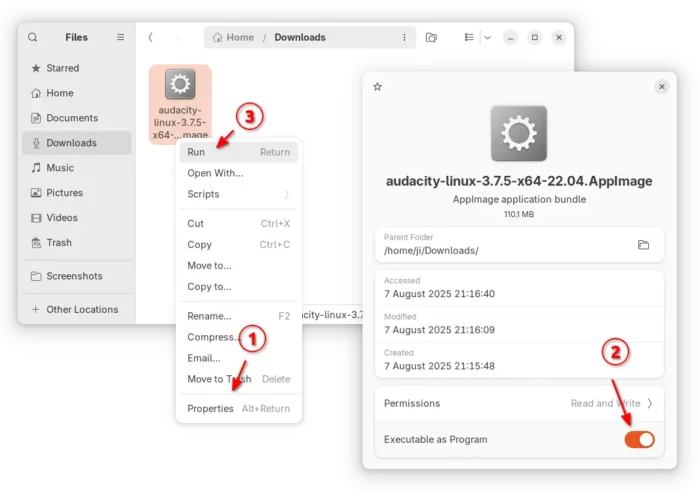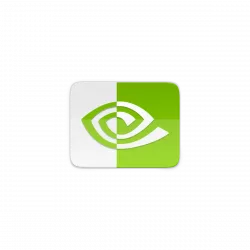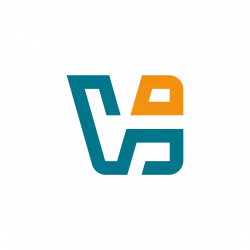Audacity, the free open-source digital audio editor, released new 3.7.5 version few days ago.
The new release of Audacity added initial Windows on ARM (WoA) support. Meaning user can now run the audio editor in Microsoft Surface, Dell XPS 13, etc machines with Snapdragon X series processors, and of course other devices, e.g., MacBook with Windows 11.
The WoA support however works only on Windows 11 or later, Windows RT is not supported, and it has limitations.
It requires WoA versions of FFmpeg library as the regular installer does not work. Plugins (e.g., VST, OpenVINO) are not supported. And, due to lack of devices, the WoA Audacity is not thoroughly tested.
Besides new platform support, the release also added 32bit PCM FLAC support. According to this pull request, the feature is implemented by promoting 24/32bit FLAC files to floating point tracks, doing the int->float during import of each frame.
It as well optimized the audio.com login dialog with more description text, added a separator line between social login buttons and email-password fields, and fixed losing focus issue when access from the welcome dialog.
Other changes include updated library, such as libopus 1.5.2, libcurl 8.12.1, libpng 1.6.50, and zlib 1.3.1, translate updates, and following bug-fixes:
- Fix crash when importing short audio.
- Fix out of bounds memory access when scrolling a spectrogram.
- Fix crash on macro wizard.
- Fix “Open from cloud” crash while not logged in.
How to Install Audacity 3.7.5
The official release as well as Linux, Windows, and MacOS installer packages are available at the link below, along with the source tarball:
Besides the Github project page, you may select download the installers from its website.
Option 1. AppImage. For Linux, it’s a non-install AppImage (for modern AMD/Intel only), that can be run directly (after added executable permission) to launch the audio editor:
Tips: Ubuntu since 22.04 does NOT support AppImage out-of-the-box, open terminal (Ctrl+Alt+T) and run command to install required library:
sudo apt install libfuse2
Option 2. Flatpak. For choice, there’s a community maintained Flatpak package for both amd64 (X86_64) and arm64/aarch64 platforms, though it runs in sandbox environment.
Linux Mint and Fedora (with 3rd party repository enabled) may search & install the Flatpak from either Software Manager or GNOME Software.
While Debian/Ubuntu users can open terminal and run the 2 commands below one by one to install the flatpak package:
sudo apt install flatpak flatpak install https://dl.flathub.org/repo/appstream/org.audacityteam.Audacity.flatpakref
After installed the package, log out and back in if the app icon is not visible and run flatpak update org.audacityteam.Audacity regularly to check updates.
Option 3. Ubuntu PPA. And, for those who prefer the native .deb packages, I’ve made the new release package into this unofficial PPA for Ubuntu 22.04, Ubuntu 24.04, and Ubuntu 25.04 on amd64, arm64/armhf platforms.
NOTE: The PPA packages were built with internet connection disabled. Meaning for offline use with no audio.com support.
To add the PPA and install Audacity from it, open terminal (Ctrl+Alt+T) and run commands below one by one:
sudo add-apt-repository ppa:ubuntuhandbook1/audacity sudo apt update sudo apt install audacity
Uninstall:
For the AppImage, just delete the package using your file manager. While, you may uninstall the Flatpak by running command:
flatpak uninstall --detele-data org.audacityteam.Audacity
And for the native .deb package, uninstall it via command:
sudo apt remove audacity audacity-data
Also remove the PPA either via the command below:
sudo add-apt-repository --remove ppa:ubuntuhandbook1/audacity
or by using “Software & Update” utility under “Other Software” tab. While, Linux Mint may use “Software Sources” instead.



